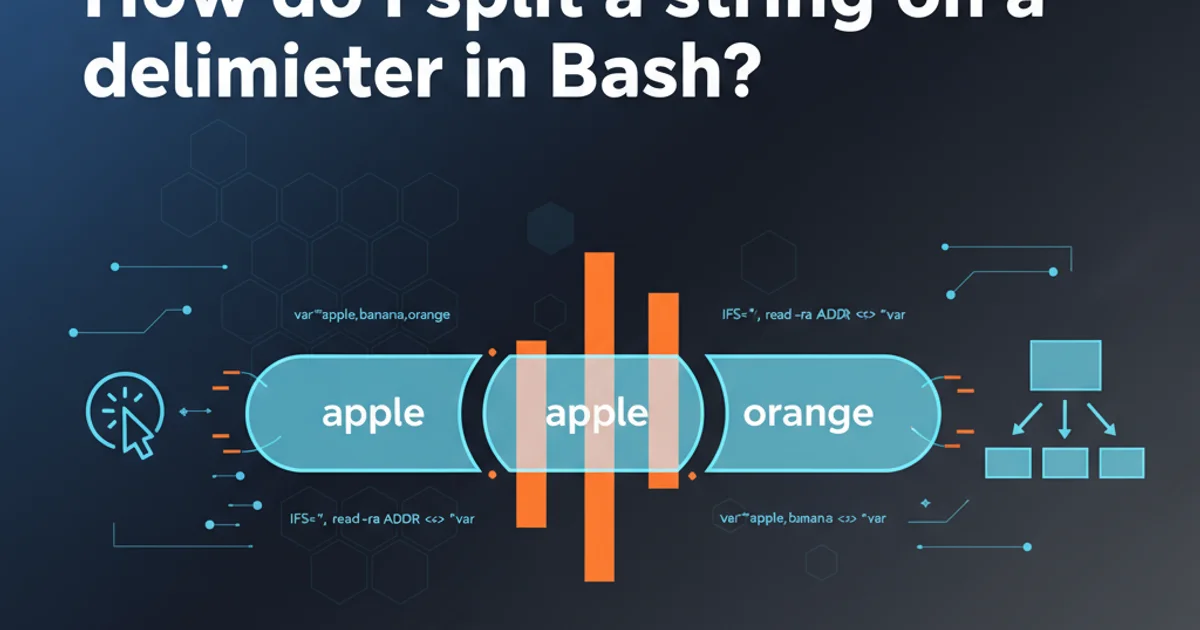Check and uncheck a Checkbox depending on Picklist field values on a form
Categories:
Dynamic Checkbox Control: Syncing with Picklist Values in Salesforce Forms

Learn how to implement JavaScript logic to automatically check or uncheck a checkbox field based on the selected value of a picklist field within a Salesforce form. This guide covers common scenarios and provides practical code examples.
In many form-based applications, especially within platforms like Salesforce, there's a need for dynamic interactions between different input fields. A common requirement is to automatically check or uncheck a checkbox based on the selection made in a picklist (dropdown) field. This enhances user experience by automating data entry and ensuring data consistency. This article will guide you through the process of setting up such a dynamic interaction using JavaScript, focusing on the event-driven nature of form elements.
Understanding the Core Logic
The fundamental principle behind this functionality is event handling. When a user changes the value of a picklist, an event is triggered. We 'listen' for this event and, upon its occurrence, execute a JavaScript function. This function then inspects the newly selected picklist value and, based on predefined conditions, updates the checked state of the target checkbox. This approach ensures that the checkbox's state is always synchronized with the picklist's selection.
flowchart TD
A[User Changes Picklist Value] --> B{Picklist 'change' Event Fired}
B --> C[JavaScript Event Listener Activated]
C --> D{Read Selected Picklist Value}
D --> E{Evaluate Condition: Is Value 'X'?}
E -->|Yes| F[Set Checkbox to Checked]
E -->|No| G[Set Checkbox to Unchecked]
F --> H[Form State Updated]
G --> HFlowchart illustrating the dynamic checkbox update process.
Identifying Form Elements
Before writing any JavaScript, you need to identify the HTML IDs or names of your picklist and checkbox fields. In Salesforce, these are often generated dynamically, so inspecting the page's source code or using browser developer tools is crucial. For this example, let's assume our picklist has the ID myPicklist and our checkbox has the ID myCheckbox.
name or data-id in combination with parent elements to reliably select your target fields.Implementing the JavaScript Logic
The JavaScript code will involve three main parts:
- Getting references to the picklist and checkbox elements.
- Defining a function that contains the logic to check/uncheck the checkbox.
- Attaching an event listener to the picklist that calls the function whenever its value changes.
// Get references to the picklist and checkbox elements
const picklistElement = document.getElementById('myPicklist');
const checkboxElement = document.getElementById('myCheckbox');
// Define the function to update the checkbox state
function updateCheckboxState() {
if (picklistElement && checkboxElement) {
const selectedValue = picklistElement.value;
// Example condition: Checkbox is checked if picklist value is 'Option A'
if (selectedValue === 'Option A') {
checkboxElement.checked = true;
} else {
checkboxElement.checked = false;
}
}
}
// Attach the event listener to the picklist
if (picklistElement) {
picklistElement.addEventListener('change', updateCheckboxState);
// Optional: Call the function once on page load to set initial state
updateCheckboxState();
}
JavaScript code to dynamically check/uncheck a checkbox based on picklist selection.
<script> tag in your HTML, preferably at the end of the <body> section, or within a Salesforce Visualforce page or Lightning Web Component's JavaScript controller. Ensure the DOM elements are loaded before the script attempts to access them.Handling Multiple Conditions or Values
You might have scenarios where the checkbox needs to be checked for multiple picklist values or based on more complex logic. You can easily extend the if/else block to accommodate these requirements.
function updateCheckboxState() {
if (picklistElement && checkboxElement) {
const selectedValue = picklistElement.value;
// Checkbox is checked if picklist value is 'Option A' OR 'Option B'
if (selectedValue === 'Option A' || selectedValue === 'Option B') {
checkboxElement.checked = true;
} else if (selectedValue === 'Option C') {
// Specific action for 'Option C' (e.g., always unchecked)
checkboxElement.checked = false;
} else {
// Default behavior for other options
checkboxElement.checked = false;
}
}
}
Extended JavaScript logic for multiple picklist conditions.
1. Locate Form Elements
Use your browser's developer tools (F12) to inspect the HTML of your Salesforce form. Identify the exact id attributes of your picklist (<select>) and checkbox (<input type="checkbox">) elements. Note these down carefully.
2. Prepare JavaScript Environment
If you're in Visualforce, embed your JavaScript within <script> tags. For Lightning Web Components (LWC), place the logic in your component's JavaScript file. Ensure the script runs after the DOM is fully loaded.
3. Implement the Script
Copy and adapt the provided JavaScript code examples. Replace 'myPicklist' and 'myCheckbox' with the actual IDs you found in step 1. Adjust the if conditions to match the specific picklist values that should trigger the checkbox to be checked.
4. Test Thoroughly
Save your changes and test the form. Change the picklist value to all possible options and verify that the checkbox state updates correctly according to your defined logic. Check for initial state on page load as well.